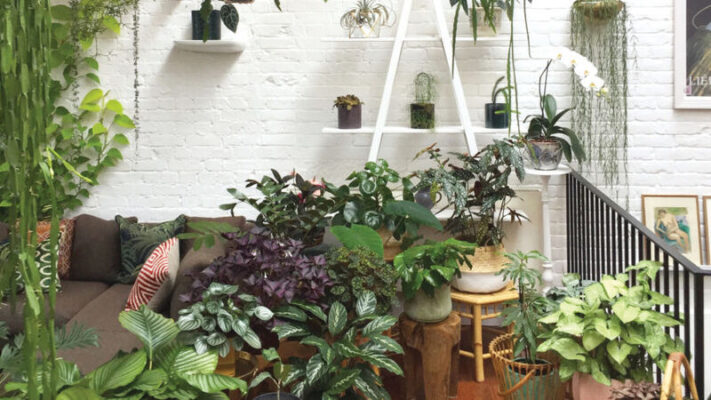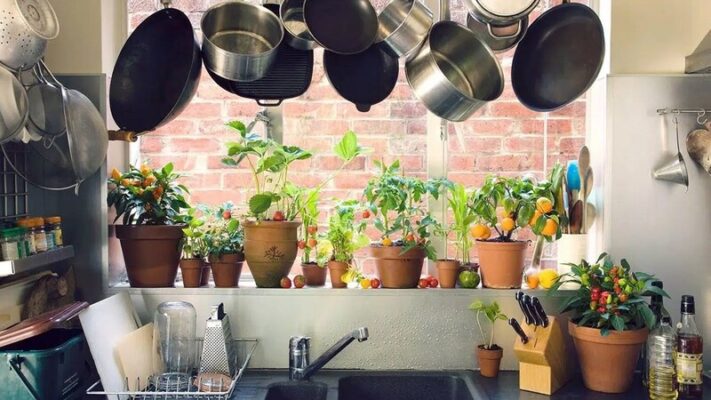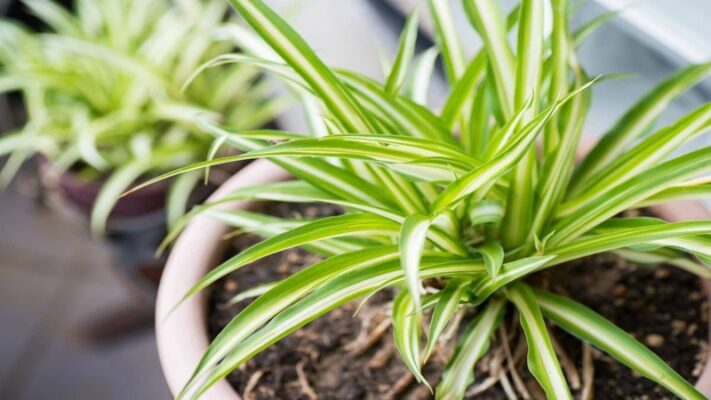Discover the top 3 Best houseplants that not only add a touch of green to your decor but also purify the air in your home. Learn how these easy-to-care-for plants can enhance your living space and improve indoor air quality. Perfect for plant lovers and green thumbs alike!
Introduction Best houseplants
Houseplants are not only a delightful addition to any interior space but also offer a myriad of benefits that go beyond mere aesthetics. Integrating houseplants into your home can significantly improve air quality by filtering out toxins and increasing humidity levels. Moreover, the presence of greenery has been shown to boost mood, enhance creativity, and reduce stress. This makes houseplants an excellent choice for creating a serene and healthful living environment.
Choosing the best houseplants for your home involves considering both their beauty and their health benefits. The best houseplants are those that thrive in your specific indoor conditions, require minimal maintenance, and contribute to a healthier living space. By selecting the right houseplants, you can transform your home into a green oasis that not only looks beautiful but also supports your well-being.
In this guide, we’ll explore some of the best houseplants that combine aesthetic appeal with air-purifying properties, helping you create an indoor sanctuary that nurtures both body and mind.

Best houseplants help clean the air
Houseplants are a wonderful addition to any home, not just for their aesthetic appeal but also for their significant health benefits. One of the most notable advantages of having houseplants is their ability to purify the air. By filtering out common indoor pollutants and increasing humidity levels, houseplants can improve air quality and contribute to a healthier living environment.
Benefits of Houseplants
Houseplants absorb pollutants like formaldehyde, benzene, and trichloroethylene through their leaves, roots, and soil microorganisms, helping to clean the air you breathe.
The presence of lush greenery can transform your living space, adding a touch of nature that enhances both beauty and tranquility.
Studies have shown that being around plants can reduce stress, boost mood, and increase productivity, making them a great addition to both homes and offices.

Top 3 Best houseplants
Spider Plant (Chlorophytum comosum)
The Spider Plant (Chlorophytum comosum) is a popular houseplant known for its long, arching green leaves adorned with white or yellow stripes. This fast-growing plant produces small white flowers that eventually develop into “spiderettes” or baby plants, adding to its charm.
Renowned for its air-purifying qualities, the Spider Plant effectively removes pollutants like formaldehyde and xylene, commonly found in household products and paints, thereby improving indoor air quality. Caring for a Spider Plant is simple: water it when the top inch of soil feels dry, provide bright, indirect light, and avoid direct sunlight to prevent leaf scorch. It can tolerate low light but thrives in moderate to bright light conditions.

Occasionally, brown leaf tips may appear due to overwatering, underwatering, or fluoride in tap water—using filtered water can mitigate this issue. The elegant, cascading foliage of the Spider Plant makes it a stunning addition to any room, whether placed in a hanging basket or on a shelf, enhancing both the aesthetic and air quality of your home.
Peace Lily (Spathiphyllum)
The Peace Lily (Spathiphyllum) is a popular houseplant known for its lush, dark green foliage and elegant white blooms that resemble hooded flowers. This plant is particularly valued for its air-purifying qualities, effectively removing pollutants such as ammonia, benzene, formaldehyde, and trichloroethylene from the indoor environment, thereby contributing to a healthier living space.
Caring for a Peace Lily is simple: keep the soil consistently moist but not waterlogged, and place the plant in bright, indirect light to encourage blooming. Peace Lilies can tolerate low light but thrive best with filtered sunlight. They also benefit from regular misting to maintain humidity. For decorative purposes, the Peace Lily’s graceful appearance makes it a perfect addition to living rooms, bedrooms, or offices, enhancing any space with its beautiful foliage and blooms while improving air quality.

Snake Plant (Sansevieria)
The Snake Plant (Sansevieria trifasciata) features distinctive upright, sword-like leaves that are often green with yellow edges or variegated patterns, creating a striking architectural presence. Known for its air-purifying qualities, it absorbs carbon dioxide and releases oxygen at night, making it ideal for bedrooms to improve air quality and promote better sleep.
Caring for a Snake Plant is easy: water infrequently, allowing the soil to dry out completely between waterings, and place it in low to bright indirect light. Its robust nature makes it resistant to pests and diseases. With its modern, sleek appearance, the Snake Plant fits seamlessly into minimalist or contemporary decor, enhancing any space with its clean, bold look
Tips for Simple Houseplant Care
Caring for houseplants doesn’t have to be complicated. With a few basic guidelines, you can keep your indoor plants healthy and thriving. Here are some simple tips to help you care for your houseplants:
Choose the Right Plants
Select houseplants that are well-suited to your indoor environment. Consider factors such as light availability, humidity levels, and the amount of care you can provide. Some low-maintenance options include snake plants, spider plants, and pothos.

Proper Lighting
Ensure your houseplants receive the right amount of light. Most houseplants thrive in bright, indirect light. Place them near windows where they can get plenty of natural light, but avoid direct sunlight, which can scorch their leaves. If natural light is limited, consider using grow lights.
Watering
Water your plants according to their specific needs. Overwatering is a common mistake, so it’s important to let the soil dry out between waterings for most houseplants. Check the soil moisture by sticking your finger about an inch deep into the soil; if it feels dry, it’s time to water. Use room-temperature water and avoid letting the plants sit in waterlogged soil.
Humidity and Temperature
Most houseplants prefer a humid environment and consistent temperatures. Keep your plants away from drafts, heating vents, and air conditioners. To increase humidity, you can mist your plants regularly, use a humidifier, or place a tray of water near the plants.

Feeding
Fertilize your houseplants during their growing season, typically spring and summer. Use a balanced, water-soluble fertilizer and follow the instructions on the packaging. Avoid over-fertilizing, as this can harm your plants.
Pruning and Cleaning
Regularly prune your houseplants to remove dead or yellowing leaves and promote healthy growth. Clean the leaves with a damp cloth to remove dust and allow for better light absorption. Pruning also helps to keep the plant’s shape and encourages new growth.
Repotting
Repot your houseplants every 1-2 years or when they outgrow their current pots. Choose a pot that is slightly larger than the current one and use fresh potting soil. Repotting helps to refresh the soil, provide more space for root growth, and improve overall plant health.
Pest Control
Keep an eye out for common houseplant pests such as spider mites, aphids, and mealybugs. If you notice any pests, isolate the affected plant and treat it with insecticidal soap or neem oil. Regularly inspect your plants to catch any pest problems early.
Follow LeafGrace to learn about indoor plants that help purify the air, bringing a fresh and healthy environment to your home.


